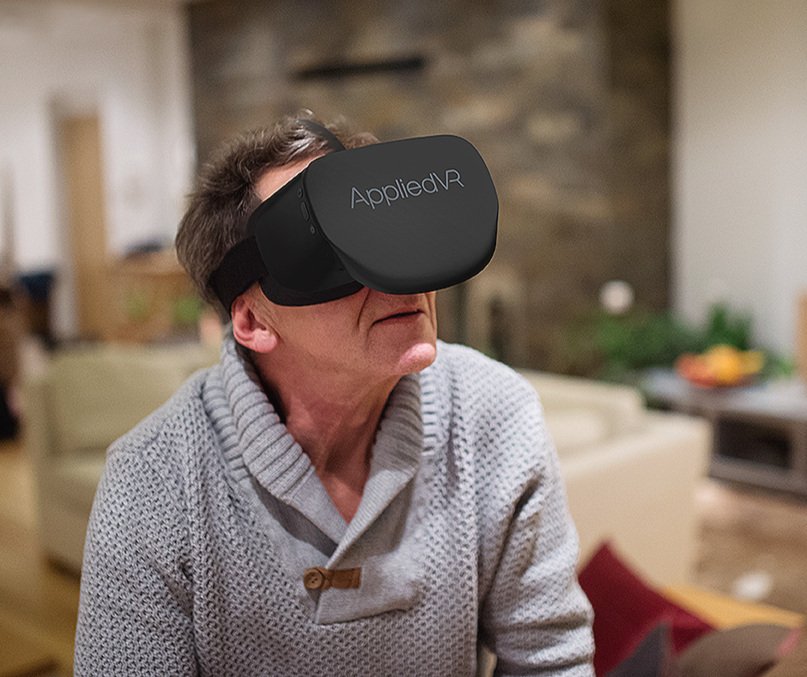Excess Weight Raises Risk of Lower Back Pain
/By Pat Anson
If you suffer from lower back pain, chances are you’ve had a doctor or someone in your life suggest that you lose some weight. Back pain is commonly associated with a sedentary lifestyle, lack of exercise, and a high body mass index (BMI).
But how much weight is too much? How many pounds do you have to lose to reduce the risk of back pain?
A large new study at Boston University provides some surprising answers. Researchers there reviewed the medical records of over 110,000 adults, aged 18 or older, who visited an urban teaching hospital for outpatient care. Their weight, height, age and sex were then used to calculate their body mass index.
Not surprisingly, the higher the BMI, the higher the risk was of having lower back pain (LBP). For people with a BMI in the range of 18-35, researchers found that every increased unit of BMI (about 10 pounds), raises the risk of lower back pain by 7%.
What’s surprising about that finding is that it includes people with a BMI of 18 to 24.9, which is considered a healthy weight, as well as people who are overweight (25 to 29.9 BMI) or obese (30-34.9 BMI).
People with a BMI above 35, which is considered severe obesity, and those with a BMI above 40 (morbid or extreme obesity), must have an even higher risk of lower back pain, right?
Wrong.
Researchers found that for those with a BMI above 35, the prevalence of low back pain did not increase but stayed the same.
Of course, that doesn’t mean you should pack on extra pounds and become morbidly obese to lower your risk of back pain. But it suggests that at a certain point, excess weight stops being a driving factor in LBP and that BMI is an imperfect tool to measure risk.
Not everyone with a high BMI will experience LBP and being at a healthy weight will not protect you from back pain. About 80 percent of adults experience low back pain at some point in their lives, making it a nearly universal experience, regardless of weight. LBP is the most common cause of job-related disability and a leading contributor to missed work days.
A number of other factors contribute to LBP, such as smoking, alcohol use, poor sleep and psychological stress. Regular exercise and a healthy lifestyle can help lower your risk of LBP, but they won’t prevent it.
“Our study strongly suggests that maintaining a healthy weight or BMI is likely helpful at avoiding low back pain,” says lead author Michael Perloff, MD, an Assistant Professor of Neurology at Boston University and Director of Pain Medicine at Boston Medical Center.
“Low back pain is one of the most common complaints patients have for their medical providers. While medications, formal physical therapy and other treatments can help, correcting risk factors, such as smoking or deconditioning, also help LBP.”
The findings appear online in the journal Pain Medicine.
Other studies have found that having a few extra pounds is not harmful to overall health. Some older adults with the lowest risk of early death had BMIs of 27 to 28, which falls into the “overweight” range; while many older adults with the highest mortality risk have BMIs under 22 — which would be considered a healthy weight.
While losing weight won’t prevent low back pain, it could help lower your pain levels. A 2018 study found that people who lose 10% of their body weight had less overall body pain. They also had better mental health, improved cognition and more energy. Men in particular showed improvements in their energy levels when they lost weight.














